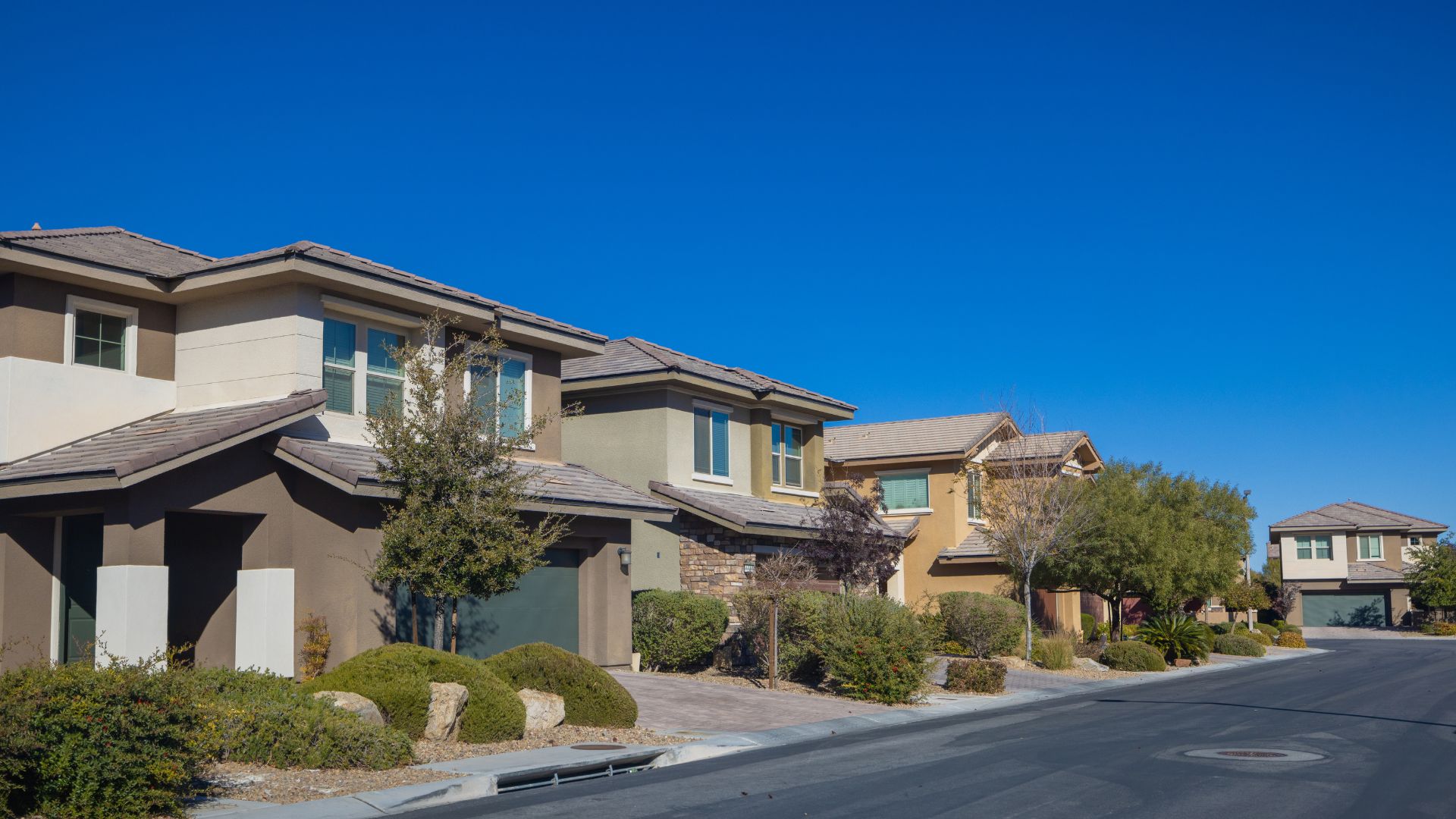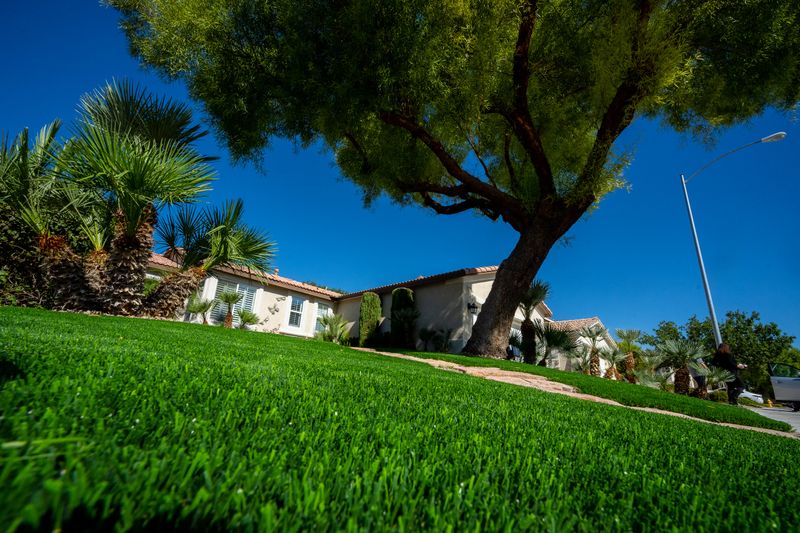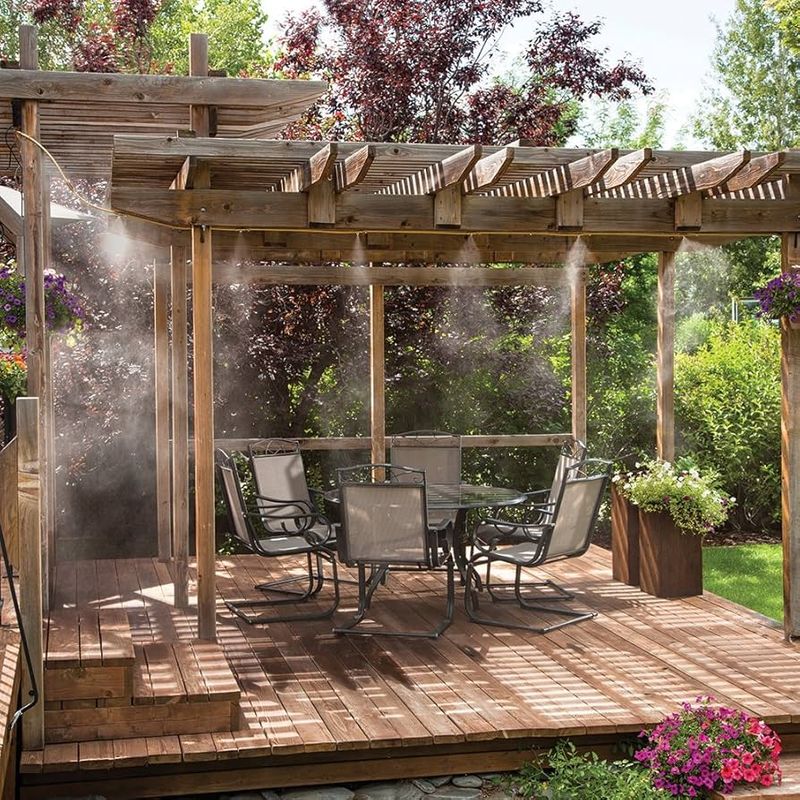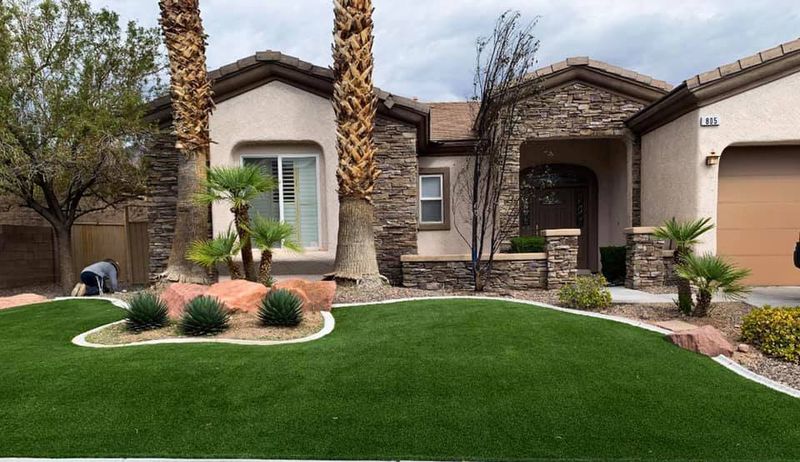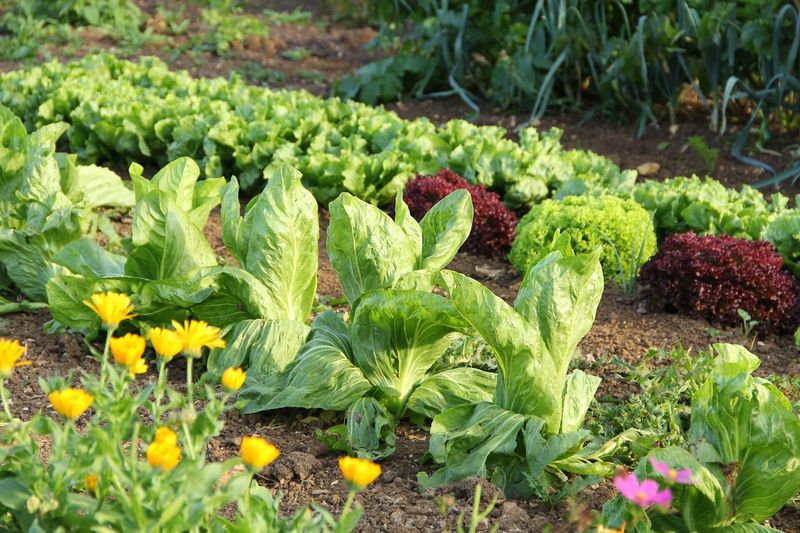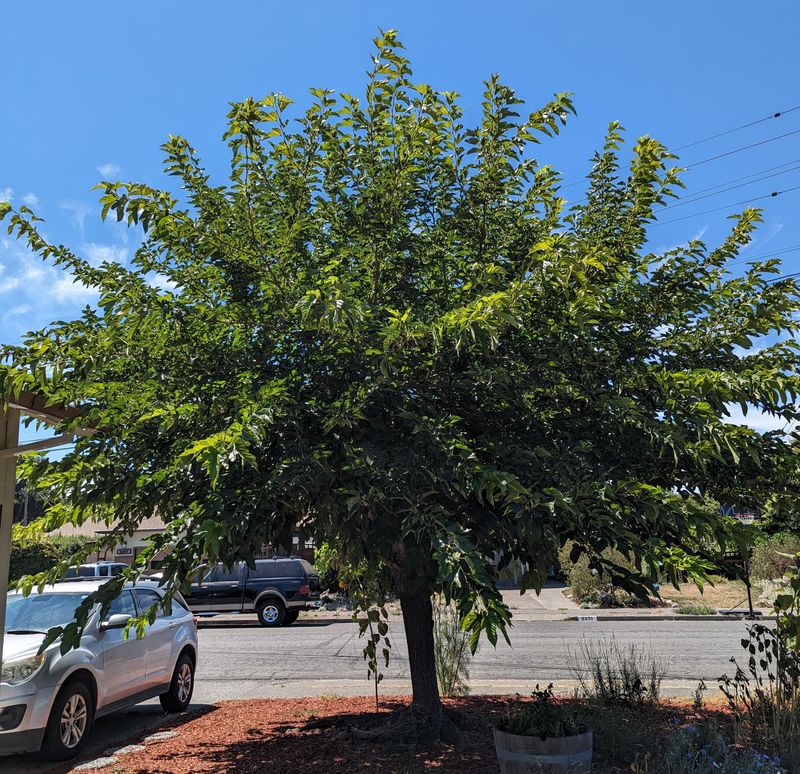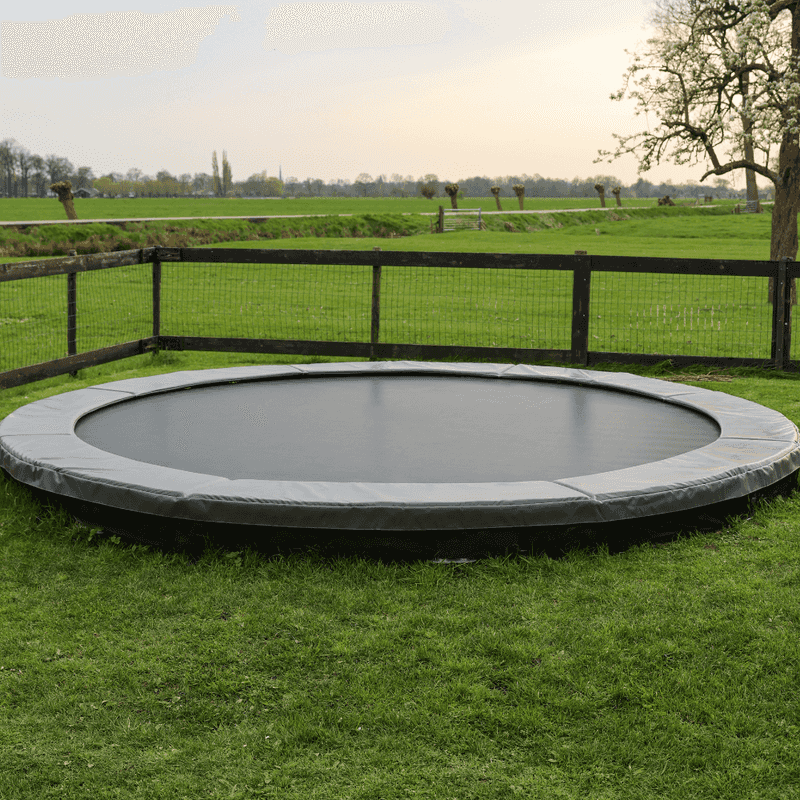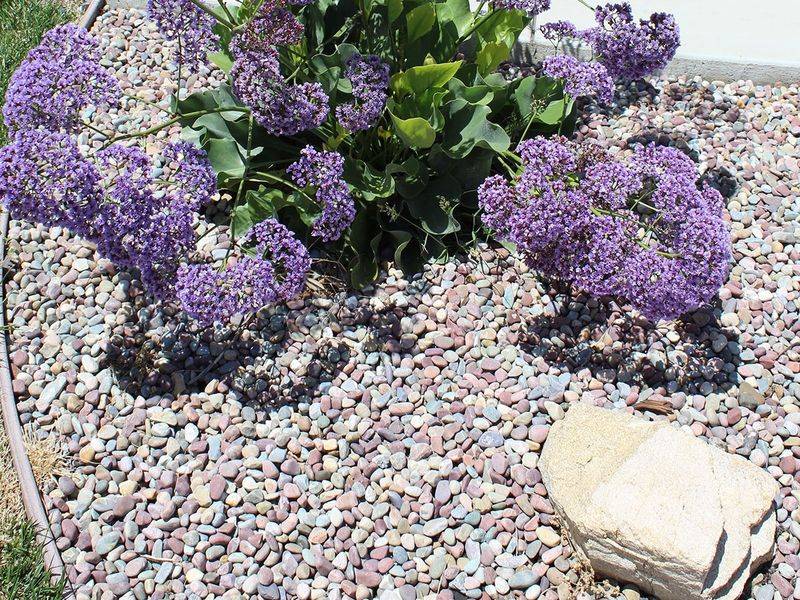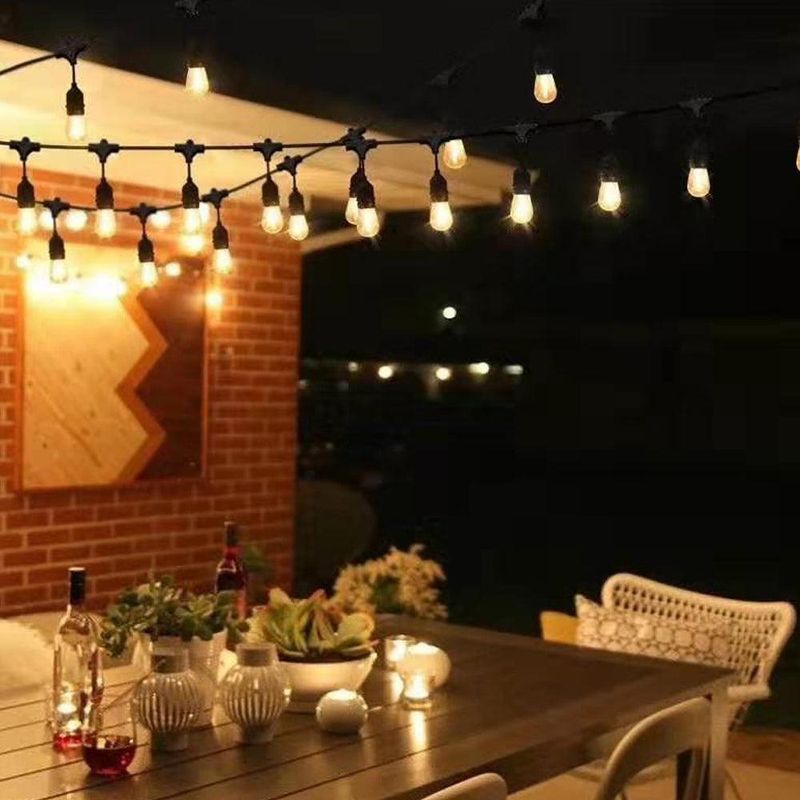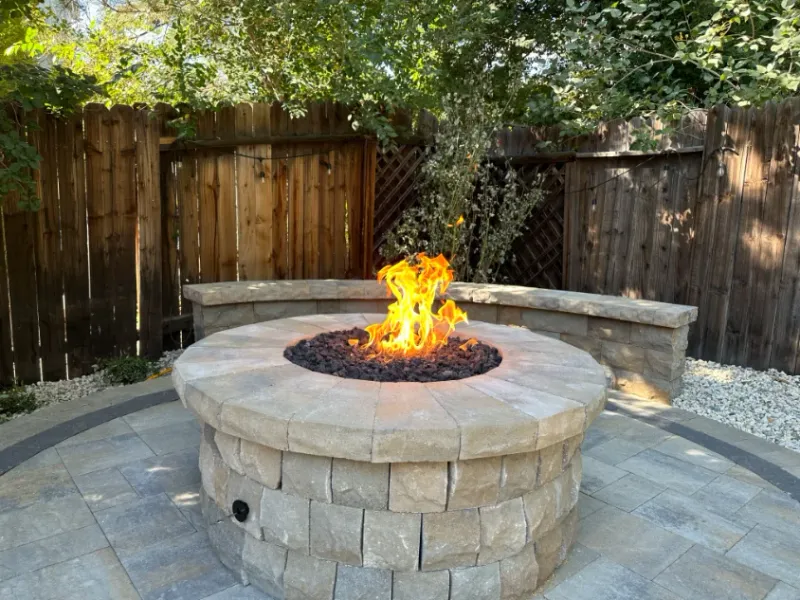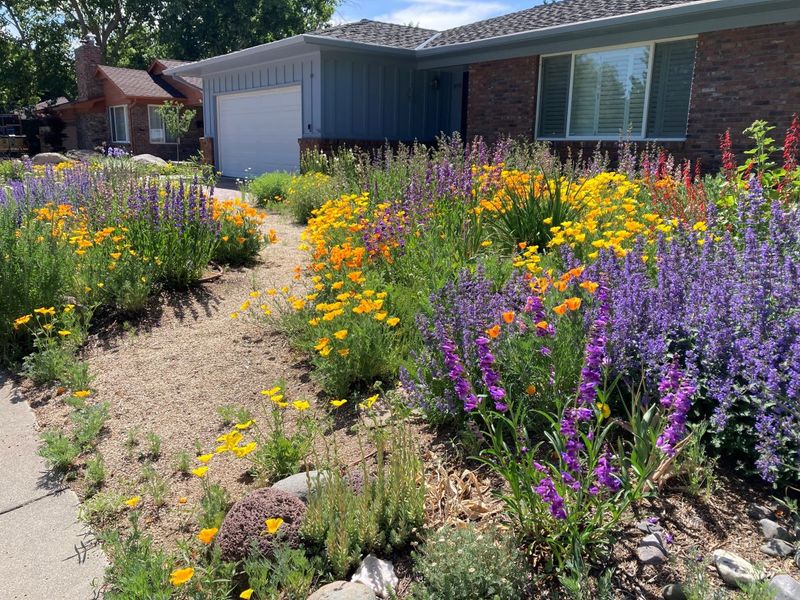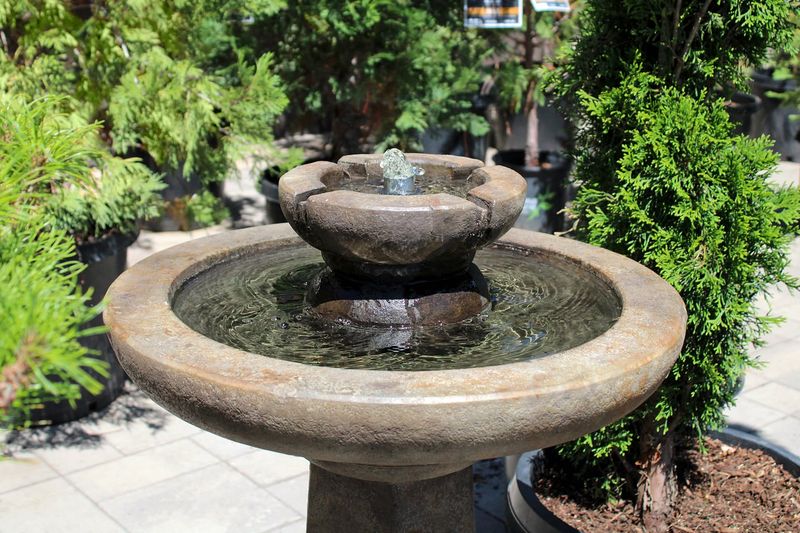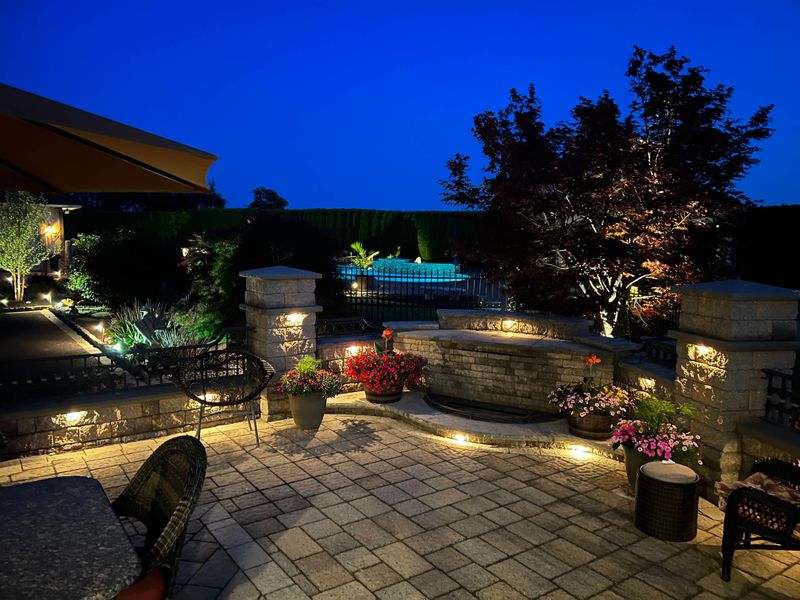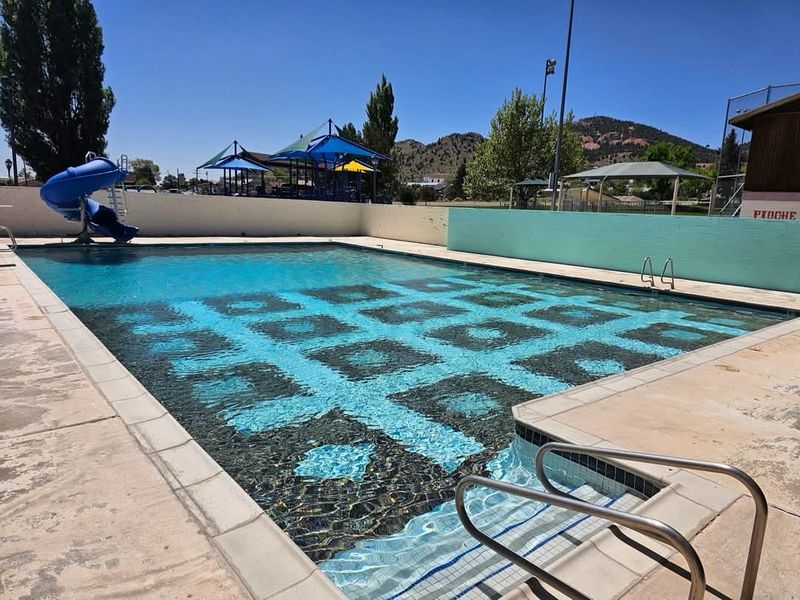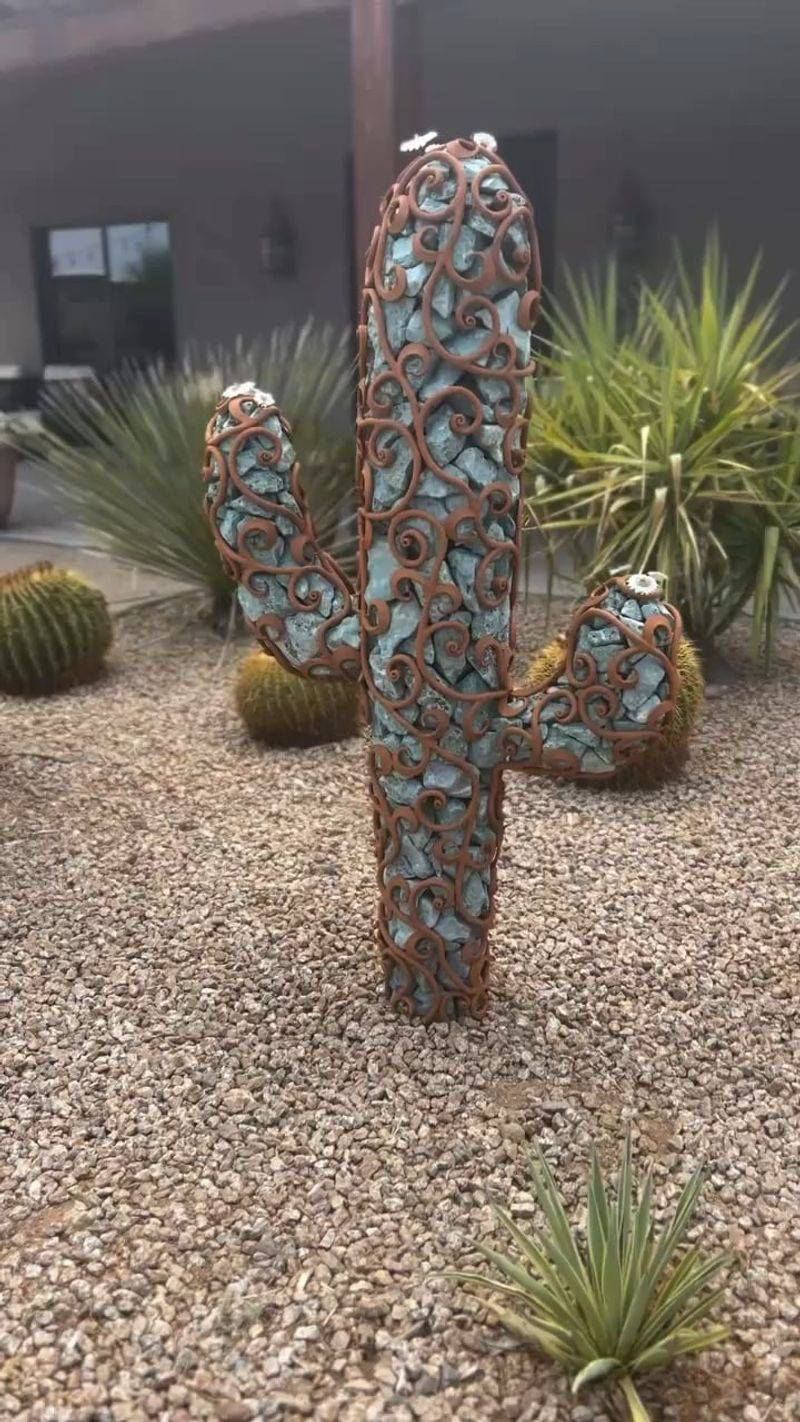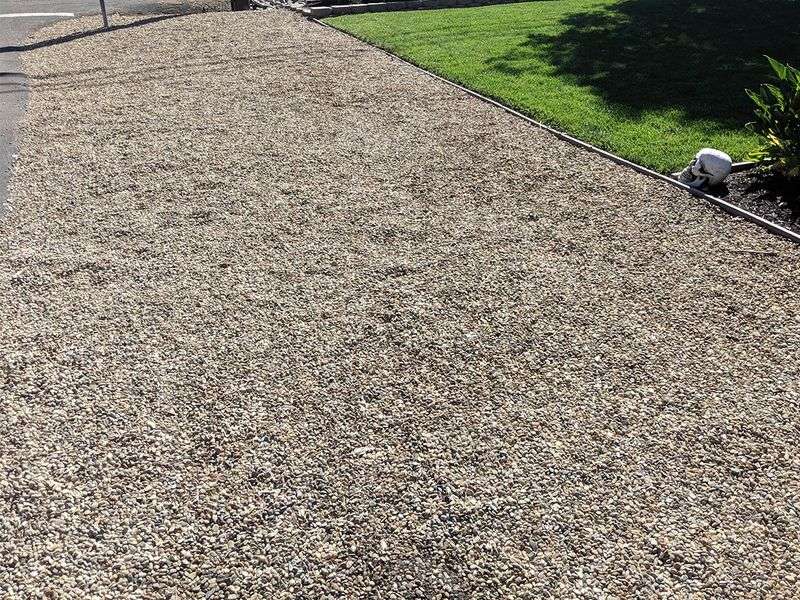Nevada neighborhoods are changing as homeowners associations and local governments update regulations to address water conservation, safety concerns, and community standards.
Many common yard features that were once popular are now being scrutinized due to the state’s ongoing drought conditions and changing environmental priorities.
If you’re a Nevada homeowner, you might want to reconsider these yard elements before investing in them. Some may soon require permits, face severe restrictions, or be banned entirely in certain communities.
1. Natural Grass Lawns
The days of lush green lawns across Nevada are numbered as water authorities crack down on non-essential water use. Several counties are already offering rebate programs for homeowners who replace grass with desert landscaping.
Las Vegas has pioneered these restrictions, with laws passed in 2021 banning certain types of decorative grass. I’ve noticed more neighborhoods transitioning to xeriscaping, with some HOAs now mandating drought-resistant alternatives.
Fines for excessive water usage continue to increase, making traditional lawns not just potentially illegal but financially impractical for most Nevada residents.
2. Outdoor Misting Systems
Water conservation officials have these cooling systems in their crosshairs. They can use hundreds of gallons daily, making them increasingly controversial in our water-stressed region.
Most systems operate at only 40% efficiency, with the majority of water evaporating before providing any cooling benefit. Several Clark County communities have already started restricting their use during summer months.
My neighbor recently had to remove his after receiving a warning letter from his HOA. The trend suggests permanent bans could be coming across more Nevada neighborhoods soon.
3. Artificial Turf Without Permits
While artificial grass saves water, it’s creating unexpected problems that have caught regulators’ attention. The heat island effect from these surfaces can raise temperatures significantly, sometimes reaching 170°F on summer days.
New regulations are appearing that require specific permeable types of turf and proper installation methods. Some HOAs now mandate cooling infills and maximum square footage restrictions.
Having installed turf in my backyard last year, I’ve already received notice that my variety may not meet new standards being implemented this spring.
4. Front Yard Vegetable Gardens
Growing food in your front yard might seem practical, but many Nevada HOAs are tightening restrictions. Concerns about neighborhood aesthetics and property values are driving new rules about where edible plants can be grown.
Several communities now require vegetable gardens to be contained in backyard spaces only. The restrictions often cite concerns about attracting pests and creating unkempt appearances during off-seasons.
My community recently adopted a rule limiting front yard planting to approved ornamental species only, despite the growing interest in sustainable home food production.
5. Large Shade Trees
Certain large tree species are falling out of favor with Nevada authorities despite their cooling benefits. Varieties with invasive root systems have damaged sidewalks, foundations, and underground utilities across the state.
Mulberry, cottonwood, and some eucalyptus species now appear on restricted planting lists in multiple counties. The water demands of these trees also conflict with conservation goals.
When my fruitless mulberry had to be removed last fall, I learned that replanting the same species would violate new community guidelines that hadn’t existed when we bought our home.
6. Unfenced Trampolines
Safety concerns are prompting new rules about backyard play equipment. Insurance companies have been pressuring HOAs to implement stricter safety standards for trampolines and similar items.
The latest regulations require safety enclosures, minimum distances from property lines, and sometimes even height restrictions to prevent neighborhood visibility. Some communities now limit trampoline use to certain hours.
These changes reflect growing liability concerns, with several Nevada municipalities already adopting ordinances that treat unfenced trampolines similar to unfenced pools.
7. Decorative Rock Gardens With Light-Colored Stones
Those bright white landscape rocks popular in desert yards are causing unexpected problems. The glare created by these highly reflective surfaces can increase neighborhood temperatures and create hazardous driving conditions.
Some Nevada communities now restrict rock color to earth tones that absorb rather than reflect light. The regulations typically limit the percentage of yard coverage with light-colored materials.
After my street became known for its blinding glare on sunny afternoons, our HOA introduced new landscaping guidelines specifying acceptable rock colors and reflectivity levels.
8. Overhead String Lights
Those trendy patio lights that create such a nice ambiance are facing increasing restrictions. Light pollution concerns have prompted many Nevada communities to implement dark sky ordinances limiting outdoor lighting.
New rules often specify maximum brightness, approved mounting methods, and cut-off times when lights must be turned off. Some areas now require lights to be removed when not actively being used for an event.
The permanent installation of string lights is increasingly viewed as both an aesthetic and environmental issue, with fines becoming more common for non-compliance.
9. Backyard Fire Pits
Fire safety concerns in our drought-prone state are leading to stricter controls on outdoor burning features. Wood-burning fire pits in particular are being phased out in many Nevada communities.
Regulations now often require conversion to natural gas or propane models with automatic shutoffs and protective screens. Some areas have implemented complete seasonal bans during high fire danger periods.
When planning our backyard renovation, I discovered our development now only permits built-in gas fire features that comply with specific safety certification standards.
10. Non-Native Plant Species
Ecological concerns are driving new restrictions on what you can plant in Nevada yards. Many non-native species have proven invasive, disrupting local ecosystems and sometimes increasing fire risks.
Updated approved plant lists now favor native species that support local pollinators and wildlife. Plants like fountain grass and certain palm varieties are being specifically targeted for removal in some communities.
The shift reflects growing awareness about water usage and habitat preservation, with some neighborhoods offering plant exchange programs to help homeowners transition to approved varieties.
11. Large-Scale Water Features
Decorative ponds, waterfalls, and fountains are increasingly viewed as wasteful in our desert climate. Water authorities are targeting these features due to high evaporation rates and unnecessary consumption.
New regulations often limit water feature size, require recirculation systems, and mandate covers to reduce evaporation. Some communities now restrict water features to backyard areas only, with maximum surface area requirements.
The days of statement water features in Nevada front yards are likely numbered, with several municipalities already implementing complete bans on new installations.
12. Certain Types Of Outdoor Lighting
Bright security lights and decorative landscape lighting are facing new restrictions across Nevada. Light trespass onto neighboring properties has become a significant source of complaints and code violations.
Updated ordinances now specify maximum lumens, required shielding, and acceptable positioning of outdoor fixtures. Motion-activated options are increasingly mandated for security lighting instead of dusk-to-dawn operation.
The regulations aim to reduce both energy consumption and light pollution, with astronomical organizations supporting these changes to preserve our ability to see the night sky.
13. Above-Ground Pools
The days of easy-to-install backyard pools may be numbered in many Nevada communities. Safety concerns, water conservation issues, and aesthetic considerations are driving new restrictions.
Recent regulatory changes in several counties now treat above-ground pools like their in-ground counterparts, requiring permits, fencing, and safety features. Some HOAs have banned them entirely, citing property value concerns.
The water usage associated with these pools has also drawn scrutiny, with some areas implementing special fees or usage restrictions during drought conditions.
14. Yard Art And Decorative Structures
Those quirky garden gnomes and decorative windmills are increasingly falling under strict HOA guidelines. Many Nevada communities are implementing more rigorous aesthetic standards for visible yard decorations.
New rules typically specify maximum sizes, approved materials, and quantity limits for decorative elements. Some areas now require pre-approval for any non-plant yard features, with seasonal decorations facing time limits.
While it might seem trivial, these restrictions reflect growing concerns about neighborhood character and visual cohesion in planned communities throughout the state.
15. Gravel Driveways Without Borders
Loose gravel driveways are becoming problematic in many Nevada neighborhoods. Material migration onto roadways, sidewalks, and neighboring properties has led to safety concerns and maintenance issues.
Updated codes now often require permanent borders, stabilizing materials, or complete replacement with pavers or concrete. The regulations aim to reduce hazards for pedestrians and cyclists while minimizing cleanup costs for municipalities.
Having recently received a compliance notice about our own driveway, I can confirm these changes are being actively enforced in communities across the state.

